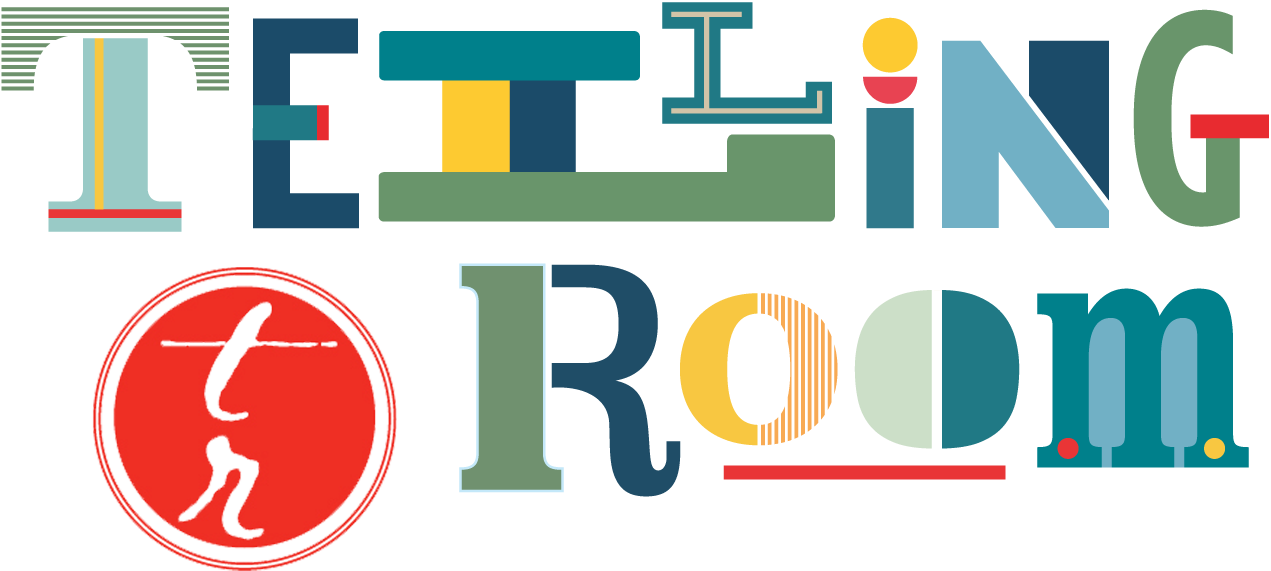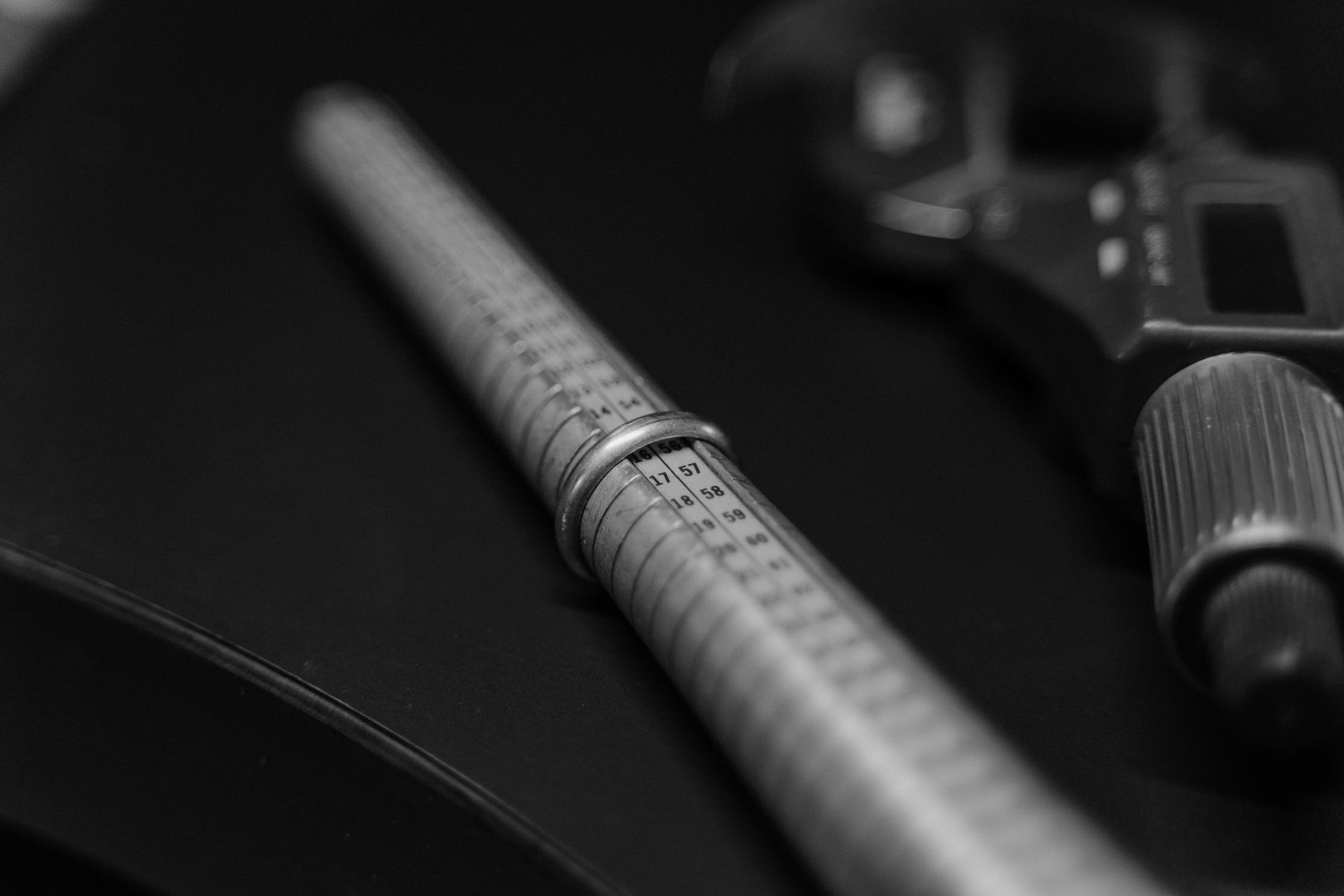"The Ring" By Madeleine Riskin-Kutz
Photo by Tima Miroshnichenko on Pexels
When my great-grandmother S. was my age, seventeen, she left her home in Warsaw, never to see her parents again. She went to join an older sister and brother in Paris to work as a fur seamstress. Being allergic to fur, she’d always have red, watery eyes, as though she’d been crying, but to compensate, she had a dry sense of humor (which I know secondhand since S. was frail when I knew her and died when I was small.)
Shortly before S. left Warsaw, her family celebrated the harvest festival Sukkot that commemorates Leviticus when the Jews wander in the desert for forty years seeking shelter. Sukkot involves creating a symbolic shelter, a sukkah. When S.’s family dismantled theirs, a man’s heavy rose-gold ring fell out. Her religious parents, considering it a gift from God, gave it to S. to bless her journey (and perhaps also figuring the gold might come in handy).
Reaching Paris, she joined a young socialists’ organization, and later the French Communist Party. During World War II, which took her parents’ lives, she served in the Resistance. Unlike her parents, S. wasn’t religious and she saw the ring as neither divine gift nor source of gold but a token of her mother and pretty thing to wear. She took it to a jeweler, who made it into an elegant woman’s ring bearing a lacy letter S., keeping the gold he removed as payment.
S. wore the ring for four decades: in the Paris fur shop, at the Worker’s University where she met my great-grandfather, giving birth to my grandmother three months before the Nazis invaded Paris, hiding in the Grenoble mountains, while talking her way past the Gestapo, on the ship to America, and in her New York fur shop. My grandmother, as a girl, never saw her mother’s hand without the ring, until the day she had my mother when S. suddenly took off the ring and put it on my grandmother’s finger. As a girl, my mother never saw her mother’s hand without the ring. You can guess what comes next. On the day I was born, my grandmother took off the ring and put it on my mother’s finger; I’ve never seen my mother’s hand without it.
Even before I knew the ring’s tale, it meant stories to me. While my mother read to me at bedtime, I played with the ring on her finger. Many stories had magical, totem objects: a wardrobe, enchanted slippers, a golden compass, each a key to cross between worlds. The ring was my key to cross from reality to fiction to dreams. We had bedtime songs as well as stories, and so, naturally associating stories and music, I was prepared to love opera, especially when Mozart’s Magic Flute offered me another totem, a flute transporting people through the medium of music to realms of dragons and giant bears.
Musical instruments are powerful totems. My violin teacher has a Stradivarius; while annotating my score, she hands it to me to hold. Cradling it, I think of three centuries of violinists who have held it, and picture Antonio di Stradivari in his Cremona workshop carving the scroll my string-calloused fingers now caress. My own violin is also a time- and world-traveling totem from the Saxon workshop of the luthier Walter Georg Gütter. It belonged to another great-grandmother, my grandfather’s mother, who played it in the 1920’s. It slumbered in an attic for sixty years before my grandfather gave it to me for my eleventh birthday. Playing a violin over time subtly alters its sound, so it bears the sonic imprints of its earlier owners. My violin, like the ring, traveled across wars, continents and centuries, bringing me its resonant history.
Now that I’m older, the ring signifies something new: a family history of war, immigration, refugee-hood, survival. Many of those I admire most have similar stories to S.. A friend’s parents escaped a war-zone; my father’s PhD student is a DACA “dreamer”; a beloved music teacher fled Soviet Uzbekistan. Freddie Mercury, my favorite rock musician, fled religious persecution in his native Zanzibar. Recently I heard Yo-Yo Ma play Bach’s cello suites, dedicating one to those who had “suffered a loss of dignity”; I think I know what he meant.
Touching my great-grandmother’s ring, I feel a shard of the world she grew up in, different from mine with its danger and hardship, but connected. The ring assumes new meanings with each generation; to me, it signifies the beauty of stories, histories and music that transcend generations, and the importance of maintaining human connection across time and space.
Madeleine Riskin-Kutz is 17 years old; she lives in Berkeley, California. Fun facts about her are — she grew up in Berkeley and Paris, is bilingual; her favorite subjects are ancient and modern languages and her goal is to become a linguist. She has two cats named Schubert and Freddie and a dog named Lucie.

